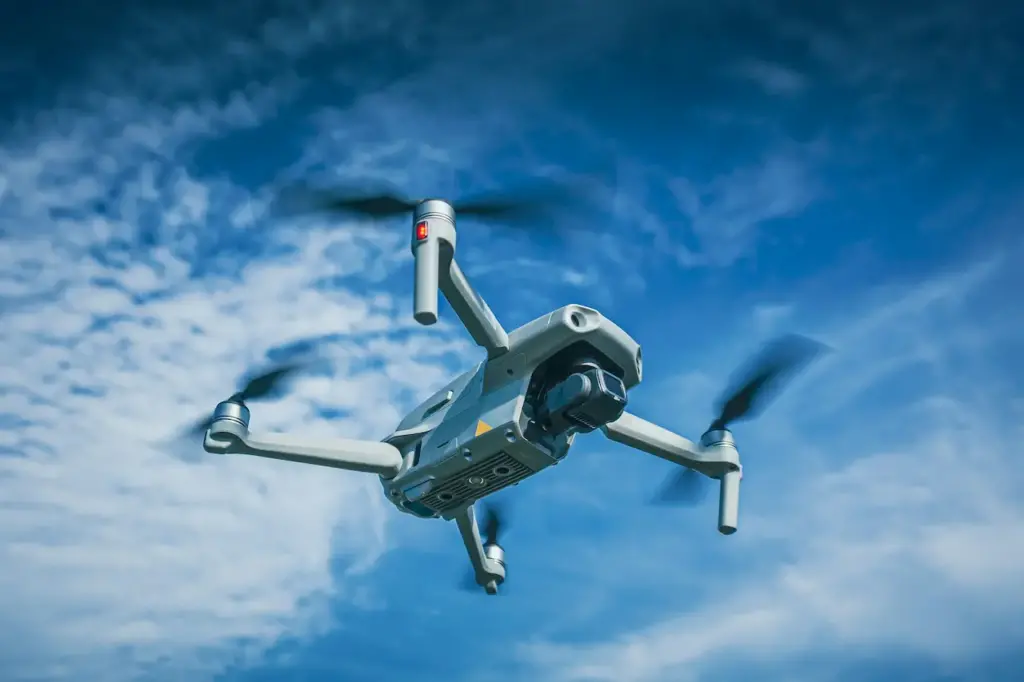The emergence and proliferation of quadcopter technology has blown traditional remote controlled helicopters into a tailspin. As RC enthusiasts and developers of multicopters, we have never witnessed a more dramatic shift in demographics and consumption. Harnessing decades of advanced helicopter technology, quadcopters have overtaken the traditional RC helicopter market in recreational and more noticeably in professional applications. To unravel some of the mystery of this transition is to understand the basic differences of helicopters and quadcopters.

Quadcopters v helicopters
The equivalent of hybrid helicopters, quadcopters are designed to combine the agility and wind resistance of collective pitched helicopters with the stability of pilot friendly co-axial (double layer rotors) helicopters. Pilot level required for collective pitch single rotor helicopter is comparable to riding a unicycle, whereas quadcopter pilot skills are comparable to riding bicycles. Offering the best of both worlds, quadcopters are easy to learn and wind resistant at the same time. Every other quadcopter motor is alternatively a clockwise and a counter-clockwise rotor to cancel torque. This inherently stable quality is further assisted by 3-axis gyro technology in the form of a flight controller plus GPS based functions on more sophisticated systems such as the CX-20 Auto Pathfinder. While payload under a traditional helicopter structure is at best awkward, multicopters are well suited to carrying cameras and gimbals.
Three basic categories of quadcopter
Beyond the obvious limitation of size in quadcopter functions, are the effects of different components on performance. With a wingspan (propeller tip to tip) of 100mm to 300mm, toy quadcopters are usually constructed from molded plastic parts and brush motors. A couple of popular models include the L6036 and Evo Flyer which are perfect for pure enjoyment and getting your feet wet. Next comes the hobby quadcopters at 300mm to 600mm. These midsized quadcopters can carry small cameras and gimbals such as a GoPro, but would struggle with larger gimbals and SLR cameras due to a lack of power, flight time and stability. Some of the quadcopter models are fully assembled, tested and ready to fly such as the CX-20 Auto Pathfinder. Good videos are possible with upgraded hobby quadcopters flown in perfect operating conditions. For professional and industrial applications, there is no substitute for a full size quadcopter with an ideal mix of high quality components. Only with a wingspan approaching 3 feet or more, can a quadcopter generate enough power and lift to accommodate higher quality gimbals without compromising safety and video stability.
These micro and medium sized quadcopters with a 100mm to 300mm wingspan like our L6036, 998s, Evo Flyer and X-Drone Nano are well suited for both indoor & outdoor flight and are referred to as toy quadcopters. These micro and medium sized quadcopters, because they are lighter and more resistant to crashes, are often used for training quadcopter pilots.
Hobby Quadcopters with a 300mm to 600mm wingspan like our CX-20 Auto Pathfinder quadcopter have the capacity to carry a small camera such as the GoPro Hero3. However, due to its limited payload, the addition of a heavy camera mount or gimbal on this system will significantly compromise performance, flight time and video quality.







